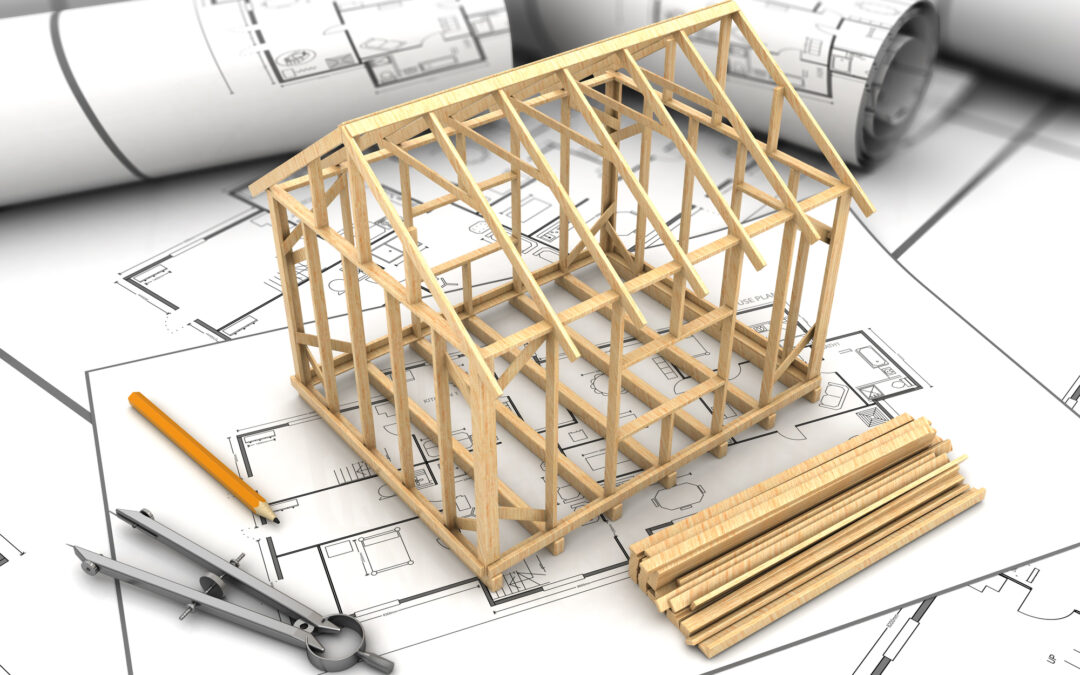Navigating mega projects requires meticulous planning, coordination, and the utilization of advanced tools to overcome the inherent challenges. One such crucial tool in contemporary project planning is 3D site modeling, pivotal in various aspects of mega project navigation. 3D site modeling involves creating digital representations of physical spaces using three-dimensional computer graphics.
Integrating architectural, engineering, and geospatial data enables a comprehensive visualization of the entire project site, allowing stakeholders to explore and analyze the spatial relationships between various elements. This technology plays a crucial role in project planning by facilitating design validation, spatial analysis, and effective communication among project teams, ultimately enhancing decision-making processes in the construction and development of large-scale projects.
Here’s an overview of the role of 3D site modeling in project planning for mega projects:
- Visualization and Design Validation:
- Visualization: 3D site models offer a realistic and immersive representation of the project site, allowing stakeholders to visualize the entire project in detail. This helps in better understanding the spatial relationships between different project elements.
- Design Validation: By integrating architectural, structural, and engineering designs into a 3D model, project teams can validate the feasibility and compatibility of various components. This aids in identifying and addressing design clashes or conflicts early in the planning phase.
- Spatial Analysis and Optimization:
- Spatial Analysis: 3D models enable in-depth spatial analysis, helping project planners optimize the layout of structures, infrastructure, and utilities. This includes analyzing factors such as accessibility, safety, and the efficient use of space.
- Optimization: Through iterative modeling and analysis, planners can optimize the placement of buildings, roads, utilities, and other elements to maximize efficiency and minimize conflicts.
- Communication and Collaboration:
- Communication: 3D models provide a common visual language for all stakeholders, including architects, engineers, contractors, and clients. This enhances communication and ensures that everyone involved in the project clearly understands the design and planning concepts.
- Collaboration: Collaborative tools and platforms allow multiple stakeholders to work on the 3D model simultaneously. This fosters collaboration and helps streamline decision-making processes.
- Risk Assessment and Mitigation:
- Risk Assessment: 3D modeling facilitates the identification of potential risks and challenges in the project. This includes site constraints, environmental considerations, and logistical challenges.
- Mitigation Strategies: By visualizing and analyzing risks within the 3D model, project teams can develop effective mitigation strategies to address potential issues before they escalate.
- Construction Sequencing and Phasing:
- Sequencing: 3D models assist in developing construction sequencing plans by visualizing the order in which different project components will be built. This aids in optimizing construction schedules and resource allocation.
- Phasing: Mega projects often involve multiple phases. 3D modeling helps plan and visualize each phase, ensuring a smooth transition from one stage to the next.
- Public Engagement and Stakeholder Buy-In:
- Public Engagement: 3D models are valuable tools for public engagement and communication. They allow project planners to present complex information in a visually accessible manner, fostering community understanding and support.
- Stakeholder Buy-In: Engaging stakeholders through 3D visualizations can increase stakeholder buy-in and support for the project.
3D site modeling plays a multifaceted role in mega project planning, providing a comprehensive and visual approach to design validation, spatial analysis, collaboration, risk management, construction planning, and stakeholder engagement. Its integration into the planning process enhances decision-making and contributes to the overall success of mega projects.
Featured Image Credit: Deposit Photos

